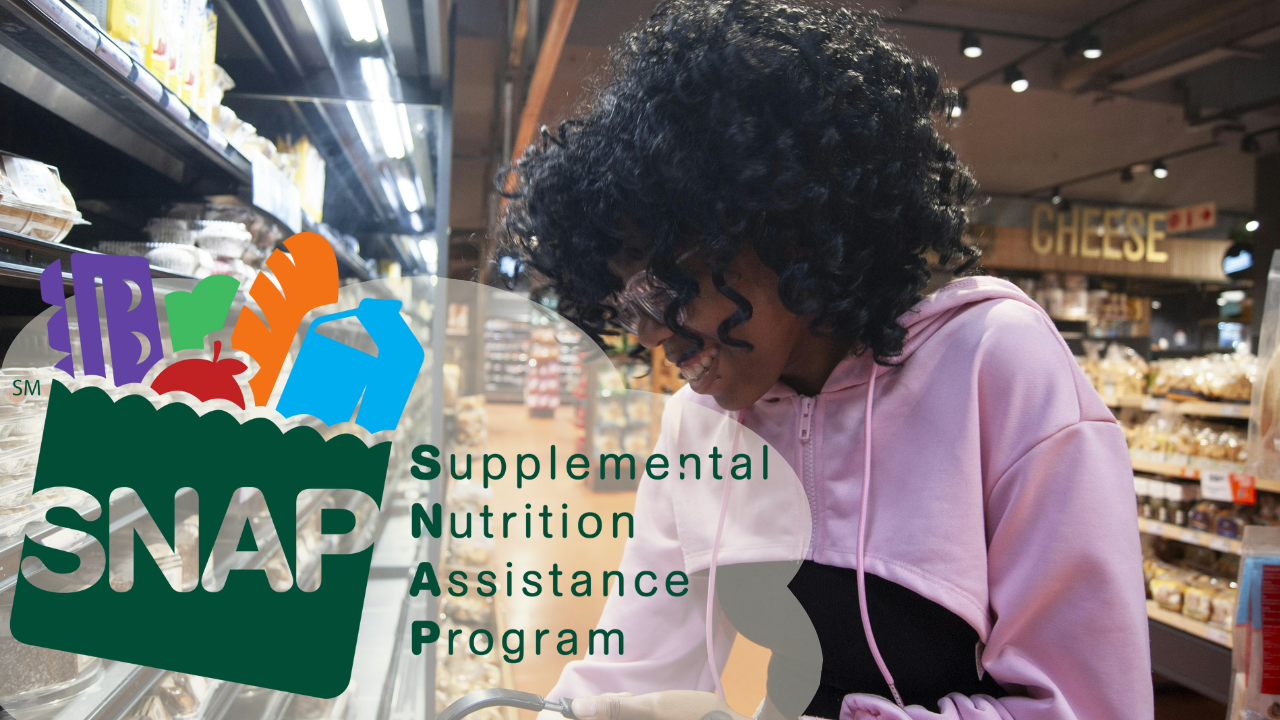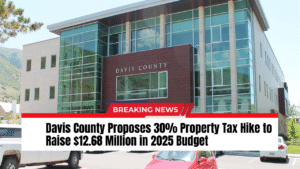As the federal government shutdown stretches into its second month, state officials are facing mounting pressure to deploy the state’s savings — commonly referred to as the “rainy day fund” — to cover gaps in food assistance. In Utah, lawmakers and advocates are questioning whether the state should use its Budget Reserve Account, currently valued at more than $1.5 billion, to offset shortfalls in the Supplemental Nutrition Assistance Program (SNAP) when federal funds expire on November 1.
Budget Reserve Could Cover SNAP Gap, But Legal Hurdles Remain
Utah receives roughly $33 million each month in federal funding for SNAP, accounting for only about 2 percent of the state’s Budget Reserve Account, the official name of its “rainy day fund.” Governor Spencer Cox has acknowledged the surplus in the fund is historic — the first time the state’s savings exceed its debt. However, tapping those funds to maintain food assistance during the shutdown would require legislative action. A spokesperson for the U.S. Department of Agriculture (USDA) warned that states cannot deliver SNAP benefits without federal approval, complicating efforts to bridge the gap.
Legislative leaders across the political spectrum agree that the issue demands urgency. House Speaker Mike Schultz issued a statement criticising the federal gridlock in Washington for placing vulnerable Utah families at risk. A congressional staffer noted that while the Budget Reserve technically could be used, it would involve a special session of the Legislature and must navigate the state’s constitutional provisions for reserve use.
Impact on Families and State Funding Landscape
For households dependent on food assistance, the timing could not be worse. A mother of two interviewed by local media said that her family “really depended” on SNAP as grocery prices rise and the holiday season approaches. Food banks across Utah are already reporting elevated demand.
| State Budget Snapshot | Value |
|---|---|
| Budget Reserve Account | $1.5 billion+ |
| Monthly SNAP Federal Funding | $33 million |
| SNAP Funding as % of Reserve | ~2% |
With such a narrow margin relative to the reserve, the challenge is less financial and more procedural. States like Utah would still need to address infrastructure issues tied to the USDA’s electronic transfer system and align operational logistics to ensure benefits reach households.
Across the nation, other states are taking similar measures. In Ohio, lawmakers have introduced legislative proposals to use their state reserves for food-aid funding, citing the ongoing federal stalemate. Meanwhile, the nationwide pause in SNAP payments has triggered broader concerns among directorates for food assistance, which warn that millions of Americans could face hunger if the shutdown continues beyond November.
Why the Rainy Day Fund Debate Matters
The discussion highlights a critical intersection of budget policy and human welfare. The “rainy day fund,” designed historically to stabilise state finances during economic downturns, is now being considered as a tool for social resilience. State leaders argue that bridging benefit disruptions supports basic nutrition needs and may avert deeper cost burdens later through health and social services.
At the same time, using the reserve to cover federal program shortfalls raises questions about long-term fiscal strategy and sovereignty. Analysts caution that repeatedly relying on savings to fulfil federal functions may erode the fund’s purpose and strain future budgeting flexibility.
Conclusion
As Utah and other states grapple with the implications of the federal shutdown, the conversation around the Budget Reserve Account and food assistance has made one thing clear: fiscal policy and human welfare are deeply intertwined. Whether Utah ultimately authorises the use of its surplus to maintain SNAP benefits remains to be seen, but the urgency underlines how state governments must navigate both structural constraints and human need in critical moments.



